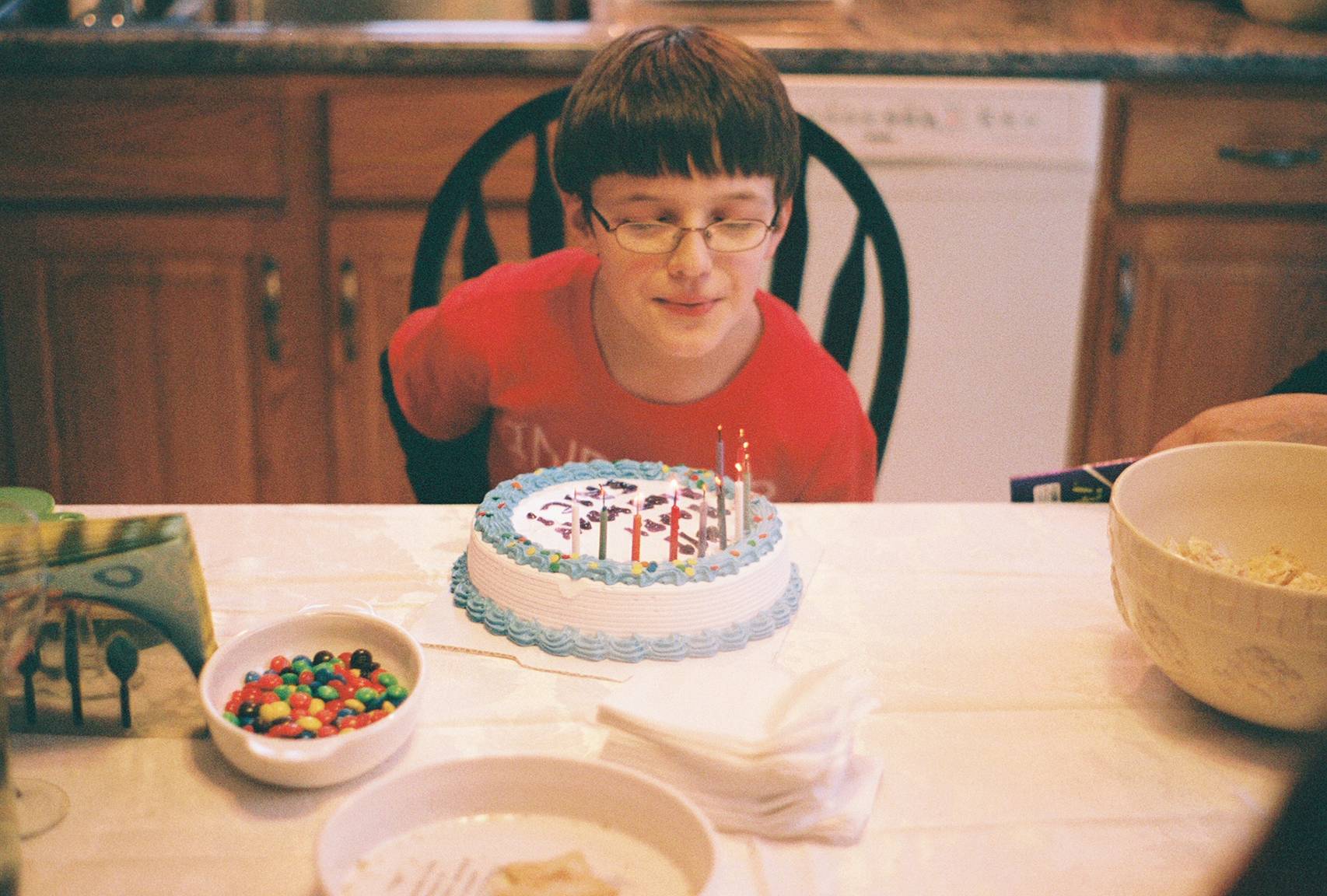A Review of the Pentax ME Super
12 21 Share TweetFor years, the different numbers, knobs, and settings of SLR cameras frightened me. But the Pentax ME Super showed me there is nothing to fear! Learning to use an SLR is a great step in any Lomographer’s journey and the Pentax ME Super is great for that.

Years ago, my friend was into photography and showed me how to focus her SLR camera. It inspired me to take up photography too until I learned the class at my school required that you own an analogue camera. My father insisted that his SLR – which had been dwelling in a closet for about a decade at that point – was faulty, so I dropped the idea.
Then last year I got into Lomography. I wondered about that camera that my parents had stashed away, a Pentax ME Super, and I finally convinced them to find it one day. Again, my father seemed to recall it being unreliable, but my mother piped in to say that it did function well, but they were just leaving the film in it too long or something. I played with it a bit while it was unloaded, but I felt somewhat intimidated. How do you open the back door? What were all these knobs? How does this light meter work? F-stops?
After a few months, I realized this is ridiculous. People figure out how to operate SLR cameras all the time; how hard could it be? I read the Pentax ME Super manual a bit as my father went off to replace the battery for the light meter while he ran some other errand. What is interesting is that he returned from that shopping trip as a man really proud of that camera. The worker at the camera store he went to had told him that he had never seen a lens of such quality and that it is a really great camera model. My father began to reminisce a bit about purchasing the camera and asked me to take very good care of it before he handed it off to me. So I began snapping away, somewhat careful in how I chose my shots just in case the camera was broken in some way.
Thankfully, our fears were unwarranted; the camera is definitely functioning! My parents were excited to discover their old Pentax ME Super works! So, now for less personal anecdotes and more review material…
Some brief research tells me that the Pentax ME was first introduced in 1977. As the name implies, the ME Super is a more advanced version that came in 1980. This 35mm SLR has manual focus, a light meter, and a Pentax K lens mount. It has a self-timer, which I need to try out still, and a hot shoe mount. There are four exposure modes: automatic, manual, 1/125, and bulb. Since I am still getting a feel for this camera, I have kept mine on automatic for all three rolls I have tried so far.
As someone used to point-and-shoot toy cameras, setting up the focus and finding the right aperture takes a bit of getting used to. Also, it can be hard to remember to lock the shutter sometimes, which also turns the light meter off. I am a bit worried that if I forget to lock it too much, then someday I will find myself with a dead battery, which would be quite annoying because I am really growing to love this light meter. However, sometimes this light meter seems a bit off. When I went to the coast on an extremely sunny day, it told me my shots were all in danger of overexposure. And yet they turned out as underexposed as possible. Other times, I’ve had a few shots turn out a bit overexposed when I should not have expected that according to the light meter.
I tried using my Holga 15B flash on the ME Super’s hot shoe mount, but each time the shots have turned out really blue, even though I have not used the blue color filter. While I am no expert, I am suspecting that there is something slightly off with the intensity and/or timing of the Holga 15B flash mounted on the ME Super, so what I really need to do is try the Pentax flash that my parents have.
I read online that you can do double exposures if you hold the rewind button on the bottom while you advance the film. However, this has been too bothersome for me to try much because I would have to take the camera out of its case to reach the rewind button. I did try it once on the first exposure of one of my rolls, but I think I had not advanced the film enough after loading it and so it did not come out.
The Pentax ME Super is pretty easy to operate. It is definitely a sturdy feeling camera and I suppose my only complaint is that at times it can be cumbersome to carry around thanks to its size and weight. But this is coming from someone who is used to carrying around plastic cameras which are much more portable in comparison. And maybe sometime soon I can convince my parents to take a break from the digital grind to give their old Pentax a much-needed revisit. If you ever find yourself with an opportunity to acquire the ME Super, then go for it! Maybe a relative of yours has one collecting dust too… It’s a beautiful camera and I hope you would enjoy it as much as I do!
This article was written by Community member carmenism.
written by carmenism on 2011-05-06 #gear #review #slr #pentax #light-meter #user-review #pentax-me-super

























12 Comments